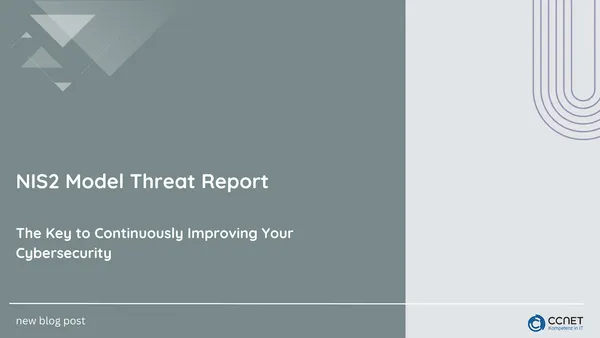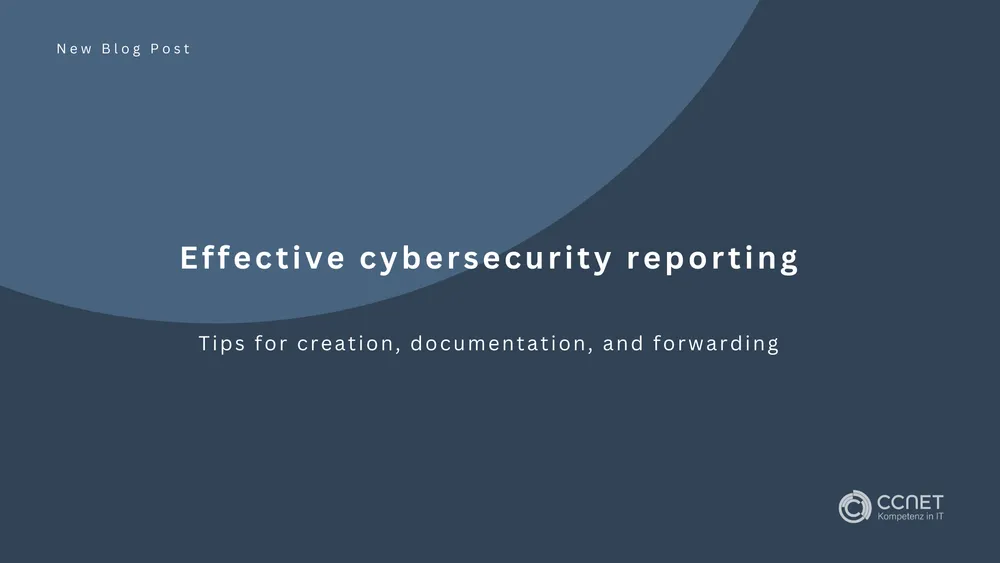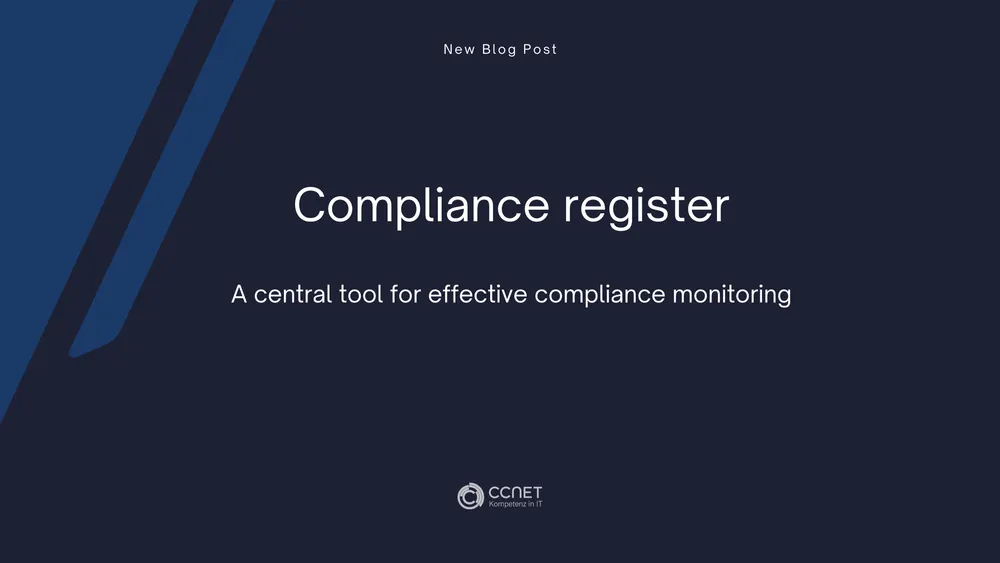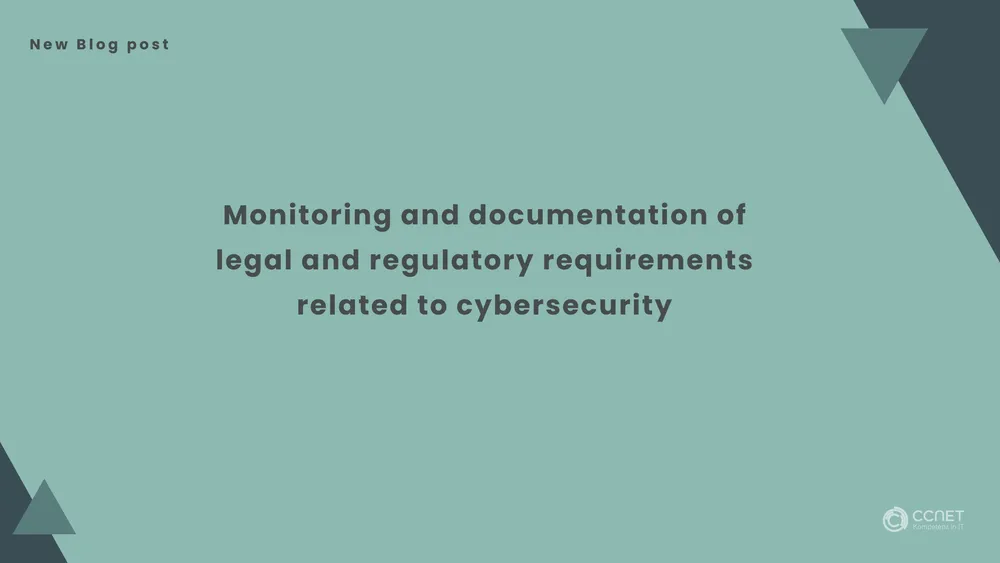
CCNet
Jan 6, 2025 • 2 min read

NIS2 Model Threat Report: The Key to Continuously Improving Your Cybersecurity
Company – Threat Report
Date: [dd.mm.yyyy]
Prepared by: [Name of the IT Security Officer]
Department: IT Security
Summary
This report presents a comprehensive analysis of cyber threats for the period [Date Range]. The focus is on the nature of the identified threats, their likelihood of occurrence, and their potential impacts. Additionally, risk mitigation measures are recommended to ensure the security of the IT infrastructure and compliance with current regulatory requirements.
Further information can be found here: IT-Consultation
Identified Threats and Assessment
Several threats were identified during the reporting period, which could have varying impacts on the company:
1. Ransomware "XYZ"
This newly discovered ransomware targets corporate networks and encrypts data to demand ransom payments. The likelihood of this threat is considered high. If successful, the attack could block critical data and severely disrupt operations, resulting in financial losses.
Recommended Measures:
- Immediate patching of all affected systems.
- Training employees to recognize suspicious emails and handle them securely.
- Implementation of advanced anti-ransomware solutions.
2. Phishing Campaign
A large-scale phishing campaign targeting companies to steal login credentials. This type of attack mimics legitimate emails to obtain confidential information. The likelihood of an attack is considered medium, with potential impacts such as loss of login credentials and unauthorized access to sensitive information.
Recommended Measures:
- Conduct internal phishing simulations to test employee alertness.
- Introduce two-factor authentication (2FA) for all employees.
- Awareness campaigns to help employees recognize phishing emails.
3. VPN Software Vulnerability
A security vulnerability in widely used VPN software allows unauthorized network access. This vulnerability is considered moderately dangerous as it could potentially grant access to confidential company networks.
Recommended Measures:
- Immediate update of the VPN software.
- Conduct penetration tests on the VPN infrastructure.
- Review and adjust VPN policies.
4. Insider Threat
There is suspicion that an employee with critical system access might have malicious intentions. This threat is considered low, but it could have serious impacts on the integrity and availability of critical data.
Recommended Measures:
- Review and restrict the employee’s access rights.
- Conduct an internal audit to monitor activities.
- Raise awareness among employees about potential insider threats.
Recommended Actions and Timeline
The identified threats require concrete measures to maintain security and protect the IT infrastructure. The recommended steps include:
- System Updates and Patching: The priority is the immediate update of systems to protect areas vulnerable to Ransomware "XYZ." This task should be completed within one week.
- Phishing Simulations: A simulation should be conducted within two weeks to raise employee awareness of phishing attacks.
- VPN Software Update: The vulnerability in the VPN software must be patched within three days.
- Internal Review of Access Rights: An immediate review of the access rights of the suspicious employee is also planned to minimize potential insider threats.
Conclusion
This threat report shows that Ransomware "XYZ" and the vulnerability in the VPN software are particularly critical. It is strongly recommended to promptly implement the suggested measures to ensure IT security and maintain smooth operations.
Compliance with regulatory requirements necessitates continuous monitoring and a quick response to new threats. By taking consistent action and regularly reviewing security measures, the company remains well-protected against cyberattacks and is prepared for future challenges, with a Model that is Key to Continuously Improving its defense strategy.


